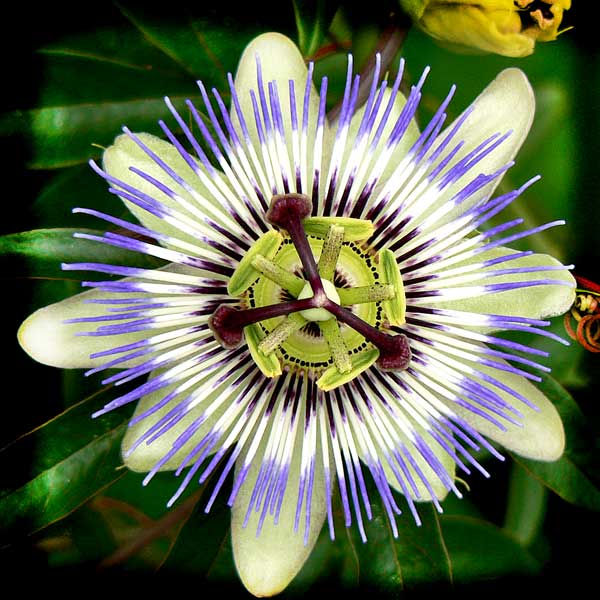During our sourcing tour across Europe, we had the opportunity to experience a unique type of farm visit. This particular stop required us to suit up and engage closely with some pollinator companions—honey bees.
As a supplier of organic bee pollen, we understand the importance of ensuring not only the quality and purity of our products, but also the well-being of the bees. We met with beekeeper Manuel in the field to closely observe millions of honeybees at work.
The first order of business was, of course, to get fitted with bee suits and get a rundown of what to expect. Manuel noted that several of us are wearing dark shoes and suggested we ensure our ankles are completely covered as the bees tend not to like darker colors. We also mentioned that due to some recent rains, the bees were a little agitated, and to exercise caution. I was very glad to have a suit on!
Once Manuel opened up the first hive, a flurry of bees emerged to explore the commotion. The bees begin to calm down as Manuel uses the smoker. He and many other beekeepers in the area use herbs like lavender and regional plants in the smoke blends. Using local plants is sustainable, affordable, and also offers a host of benefits from the herbs themselves.
Once the herbal smoke had settled the bees down, and they realized that we weren’t a predator trying to harm their colony, we were able to take a closer look inside the hive. Bee pollen is food for the bees, so each year, the beekeeper has to make the decision as to whether the hive is healthy enough to collect pollen.
How Bee Pollen Is Collected
If it is determined that the bees have enough, the beekeeper will insert a special entrance for the bees that will remove the pollen from the bees’ legs as they enter the hive. At the time of our visit, they were not collecting pollen, so we got to see the bees using the pollen for their own needs.
Ensuring Quality
Since bees are wild foragers, it’s important to know that the pollen they collect is not from pesticide-sprayed botanicals. This is why our bee pollen is tested for pesticides. Many claim that the cleanest and best quality pollen comes from Spain. The pollen from these colonies primarily comes from orange blossoms, thyme, and mountain wildflowers.
Organic bee pollen can be especially complicated, as the bee hives cannot be treated in any way, and the hives must be placed in organic fields. Bees can travel pretty far (up to about 3 miles) to collect pollen, though they typically stay within a mile. That said, it’s important that their foraging range is also being managed without pesticides.
Why is Bee Pollen Different Colors?
You may notice that bee pollen has varying colors, which is primarily due to the various flavonoids and carotenoids found in different plant pollen. These also act as antioxidants to help support the body’s defense against free radicals. In addition, the flavor and color can change from season to season, just as crop success varies each year.
Bee Pollen Benefits
So why do beekeepers even go to this effort to harvest extra bee pollen? Well, bee pollen is a nutrient-dense superfood packed with beneficial compounds that the human body requires. Bee pollen also contains bountiful vitamins, minerals, micronutrients, healthy lipids, and protein. In fact, it contains all 22 amino acids that the human body needs, including proline and hydroxyproline, which are the building blocks for collagen! What’s more is that it’s easily assimilable in the human body, meaning it is bioavailable!

How to Use Bee Pollen
Bee pollen is quite mild in flavor and can be a great addition to any meal. Some of my favorites include:
- Avocado Toast
- Yogurt
- Salads
- Stir Fries
- Sweet Treats
- Smoothies/ Smoothie Bowls
- Chocolate
Want to Learn More About Supporting Pollinators?
Plant Diversity & Natural Pest Solutions for Garden Health
You may also be interested in:
- The Importance of Continuous Blooms Amidst a Changing Climate
- Protecting Pollinators with Organic Agriculture
- Partnering to Preserve our Wild Lands
















